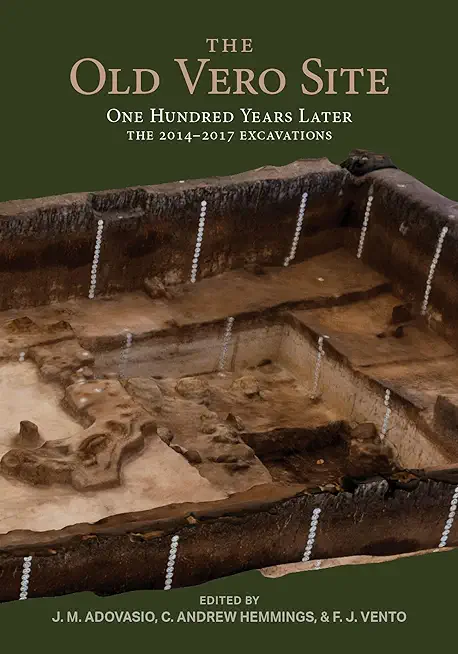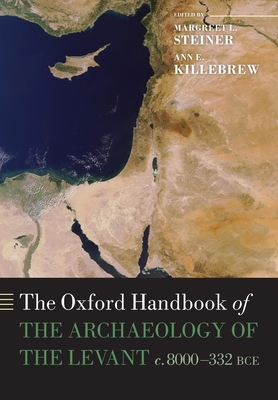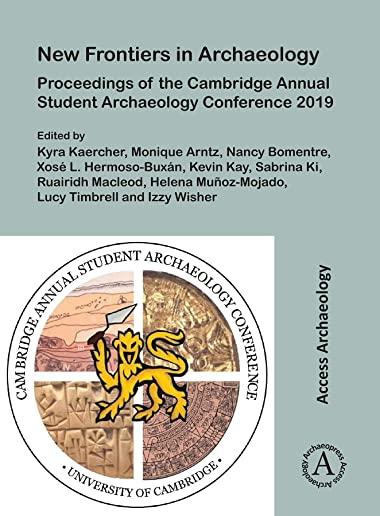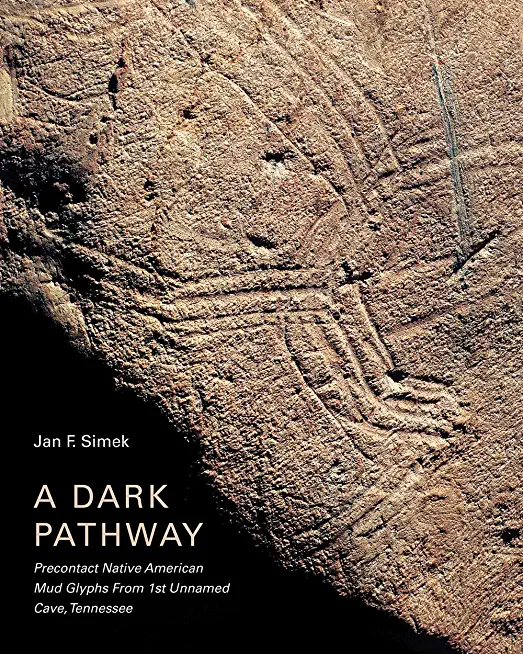
Adovasio, James M.
product information
description
brought to prominence by Elias Sellards, who claimed that the human remains discovered there were contemporary with Pleistocene fauna. It was the first serious challenge to the belief, widely accepted until the Folsom discoveries in 1926, that humans had not entered Florida before the current Holocene geological epoch. The argument made by Sellards, that early human occupants of North America lived alongside late Ice Age animals, stirred enduring controversy. Recent construction near the site resulted in new archaeological work being completed from 2014 to 2017. The Old Vero Site details the course of the recent re-excavations of the site while also summarizing the original excavations from a century ago. The volume lays out the sequence and results of the recent project, using new data to conclude that Sellards's claims are not supported by the evidence. Adovasio, Hemmings, and Vento provide the data to settle the matter definitively: human remains at the site were intrusive from a later time horizon, as critics of the original work had vociferously argued.
member goods
No member items were found under this heading.
Return Policy
All sales are final
Shipping
No special shipping considerations available.
Shipping fees determined at checkout.







